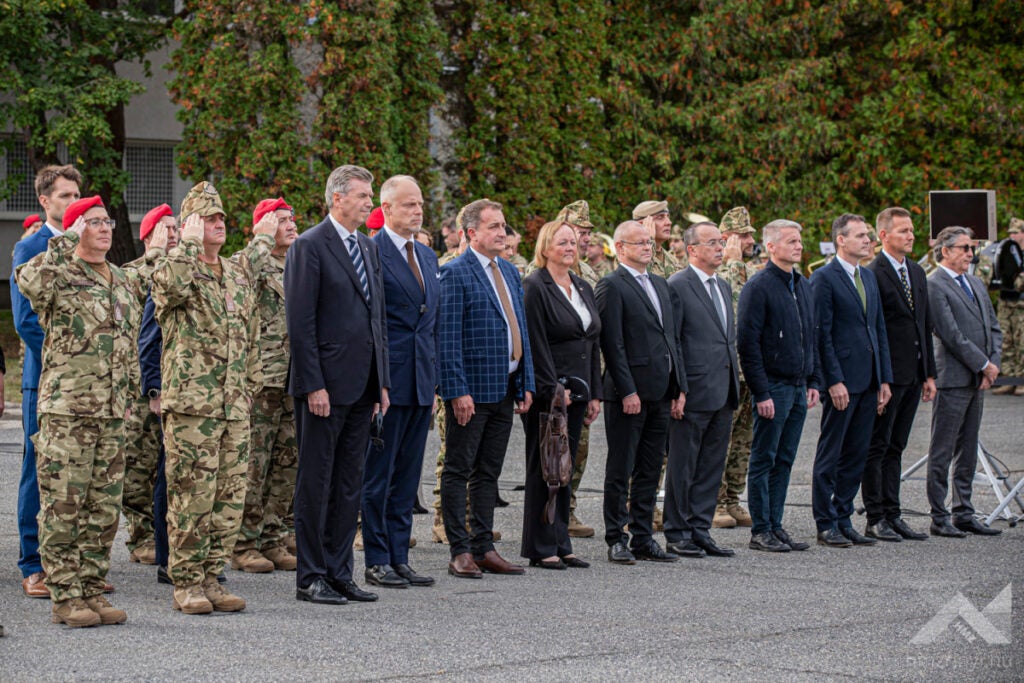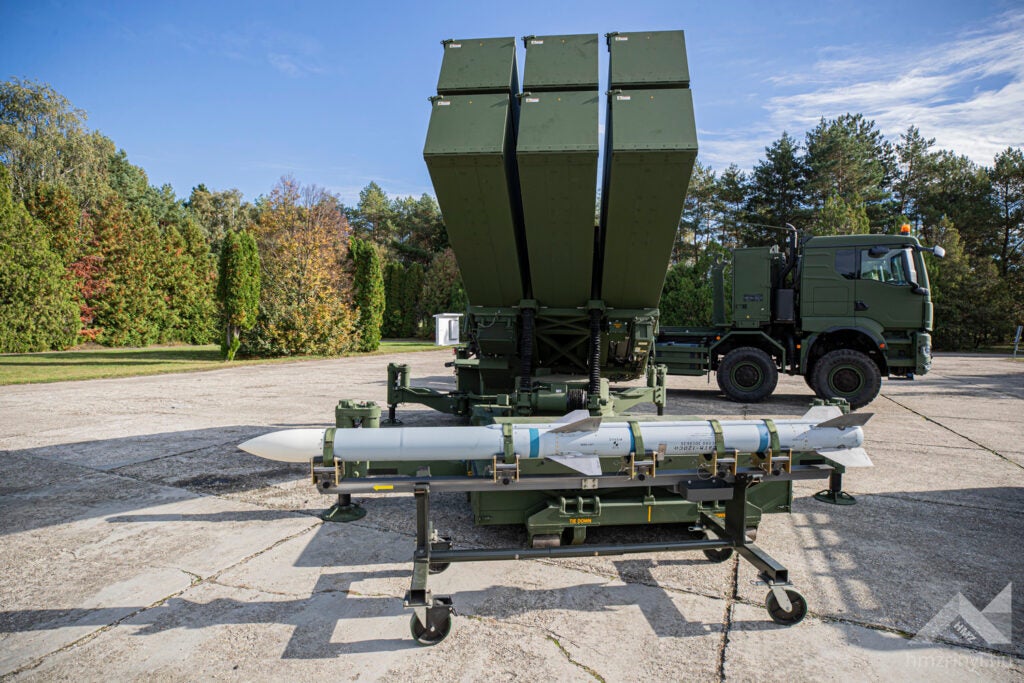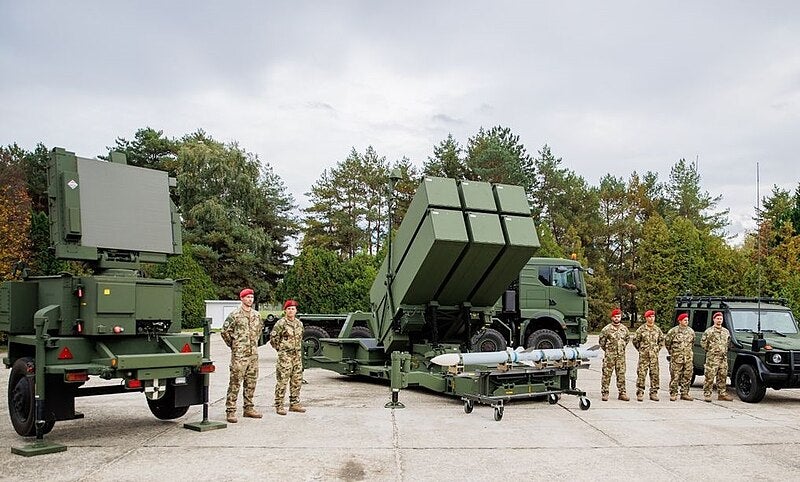Hungary Receives The First Two Batteries Of The NASAMS Surface-to-Air Missile System
Hungary has received the first two batteries of the National Advanced Surface-to-Air Missile System (NASAMS), which it ordered in 2020 from Norwegian Kongsberg and American Raytheon. The ceremony was held at the Tibor Dánielfy 205th Air Defense Missile Regiment barracks in Győr, Hungary. The ceremony was attended by Hungarian Defense Minister Kristóf Szalay-Bobrovniczky, Deputy Chief of General Staff Ferenc Kajári, Kongsberg vice president Kyrre Lohne, and Norway’s ambassador in Budapest Trine Skymoen.
In his statement during the handover ceremony, Hungarian Defense Minister Kristóf Szalay-Bobrovniczky said, “Today Hungary is getting stronger. The Hungarian Defence Forces have gained a capability through which the security and property of the Hungarian people can be protected and guaranteed much better than before. We have gained a brand new state-of-the-art air defence missile system, which will be a new piece of a large puzzle, a new and decisive jewel in the crown of the capabilities of the force undergoing transformation and complete rearmament.”

“Hungary has become the twelfth country in the world to rely on the NASAMS air defense missile system to secure its airspace, and the first NATO member state to have an AMRAAM-ER extended-range air defense missile,” stated Kyrre Lohne, vice president of Kongsberg. “It is with great pride that we acknowledge the great work NASAMS does every day to protect the skies, save lives and protect critical infrastructure. NASAMS has become NATO’s air defense standard, and Hungary has the latest and most modern version, providing one of the Alliance’s “most capable air defense capabilities,”

The Hungarian Defense Forces signed a €410 million contract with Kongsberg and Raytheon Missiles & Defense in 2020 for the procurement of the NASAMS system. Hungary, which received the first two NASAMS air defense missile system batteries within the scope of the contract in a short period of three years, expects to receive another 4+1 batteries next year. With the delivery of the new air defense systems, the Soviet 2K12 Kub (NATO Reporting Name: SA-6 Gainful) launchers—which have been in service for more than 40 years—will be replaced.

NASAMS (National/Norwegian Advanced Surface-to-Air Missile System), which is preferred by the armed forces of thirteen countries in addition to Hungary, including the United States, Australia, Chile, Spain, Lithuania, and Oman, is a medium-range air defense missile complex produced by a consortium of the American company Raytheon Technologies and the Norwegian Kongsberg Group. Kongsberg states that NASAMS is a highly mobile system that was developed with operational flexibility in mind to defend army units, populated regions, seaports, air bases, and other high-value assets against aircraft, cruise missiles, and unmanned aerial vehicles. A standard NASAMS unit is comprised of a command post, the FDC, an active 3D radar from Raytheon called the AN/MPQ-64F1 Sentinel, a passive electro-optical and infrared sensor, and a number of missile canister launchers that can fire AMRAAM missiles. The NASAMS air defense system can launch a large number of missiles from short to medium range. The newest NASAMS models are capable of firing the AIM-9X, AMRAAM, and AMRAAM-ER missiles. Depending on the ordnance used, the system has a range of 19–31 miles (30–50 kilometers).

